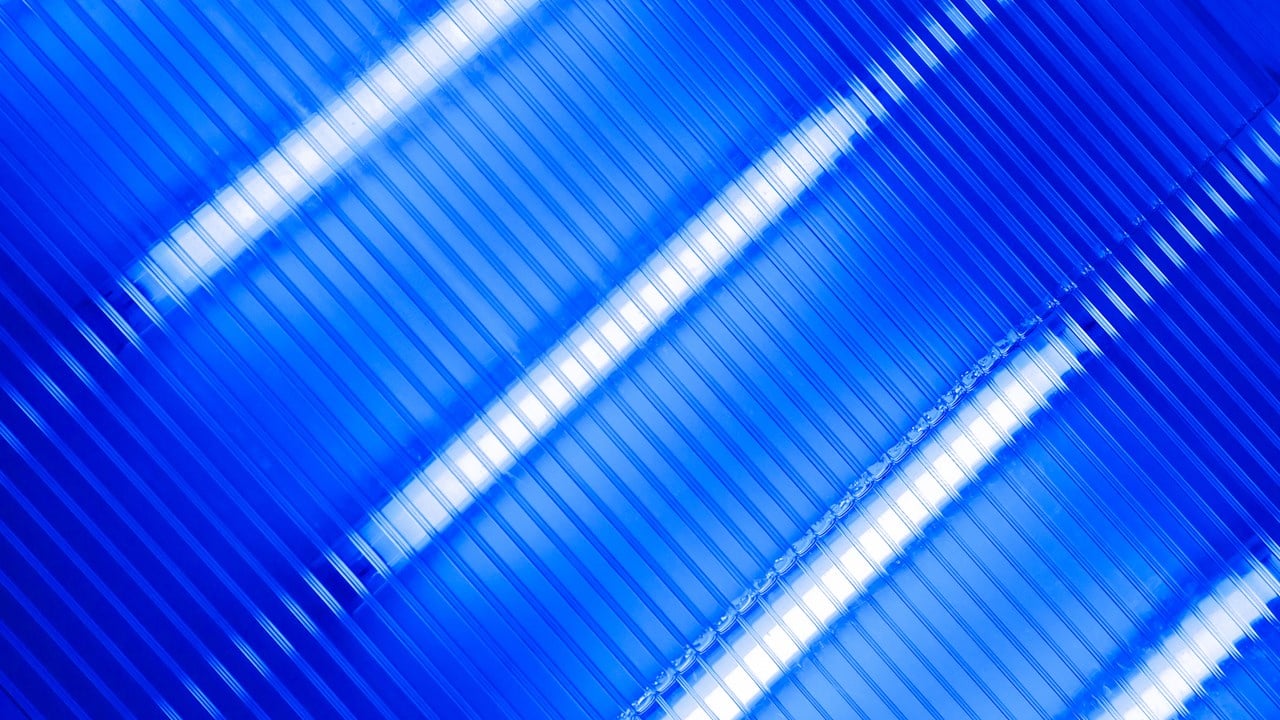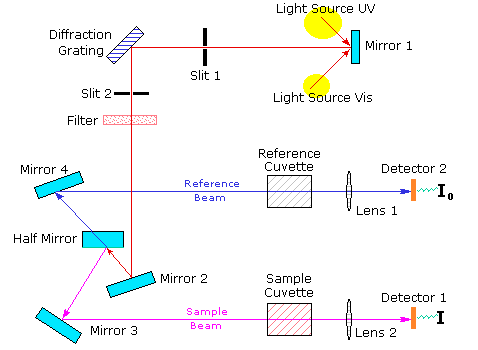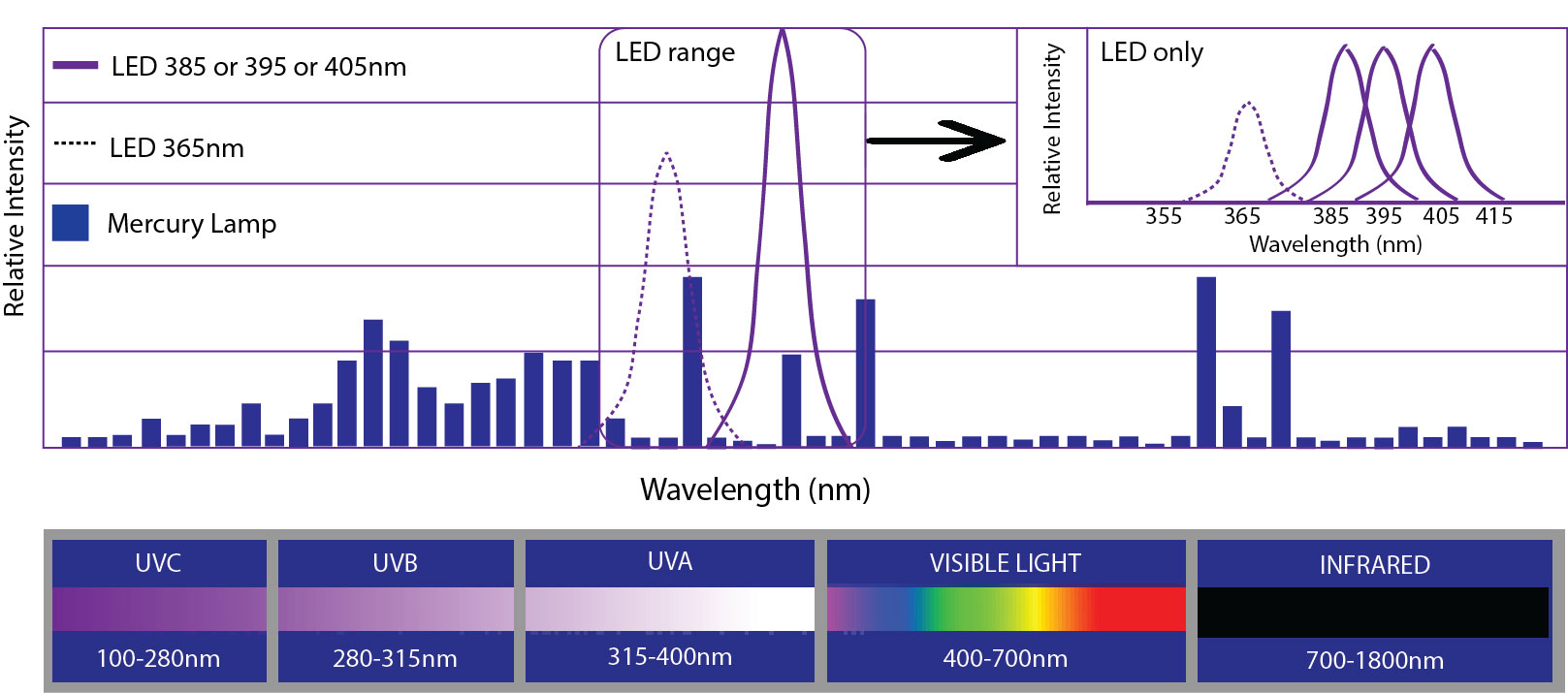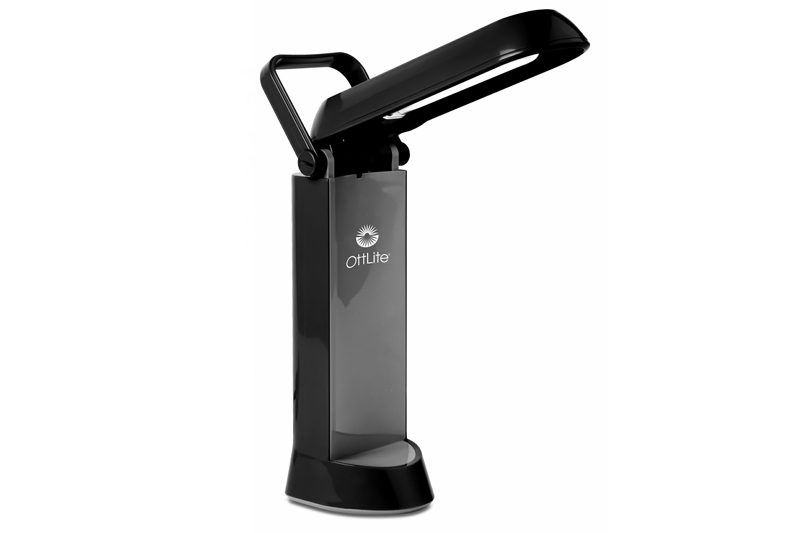
The Science Behind UV-C Energy: What Is It? - UV Resources
UV light comprises a segment of the electromagnetic spectrum between 400 and 100 nm, corresponding to photon energies from 3 to 124 eV. The UV segment has four sections, labeled UV-A (400 to 315 nm), UV-B (315 to 280 nm), very high energy and destructive UV-C (280 to 200 nm), and vacuum UV. Most of us are familiar with the harmful effects of UV energy transmitted by sunlight in the UV-A and UV-B wavelengths, giving rise to UV “sunburn” inhibitors, or blocking agents, which are found in glasses and lotions. We are also familiar with products engineered to withstand the effects of UV radiation, such as plastics, paints, and rubbers. However, unlike the UV-A and UV-B wavelengths, the UV-C band has more than twice the electron volt energy (eV) as UV-A, and it is well absorbed (not reflected) by organic substances, adding to its destructiveness.

UV-C products STANLEY ELECTRIC CO., LTD.
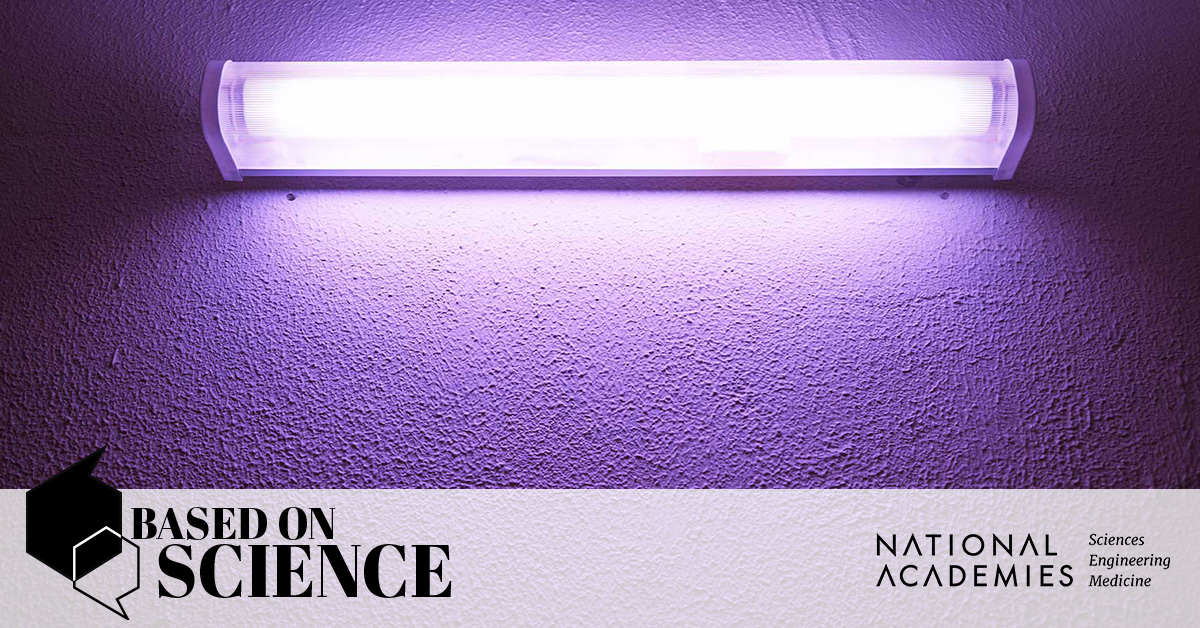
Does ultraviolet light kill the coronavirus?

Ultraviolet Radiation, Definition, Uses & Examples - Video & Lesson Transcript

UV-C Light Completely Blocks Aerosol Transmission of Highly Contagious SARS-CoV-2 Variants WA1 and Delta in Hamsters

Tempted to buy a UV light disinfection gadget? Some can be dangerous – here's what you need to know

The Science Behind UV-C Energy: What Is It? - UV Resources

UV-C/UVGI: What You Need To Know

Proving UV-C Maintains Air-Conditioning Operational Efficiency - UV Resources

The Science Behind UV-C Energy: What Is It? - UV Resources

Scientists Consider Indoor Ultraviolet Light to Zap Coronavirus in the Air - The New York Times

UVC Facts UVC Solutions by Steril-Aire
Ultraviolet germicidal irradiation - Wikipedia
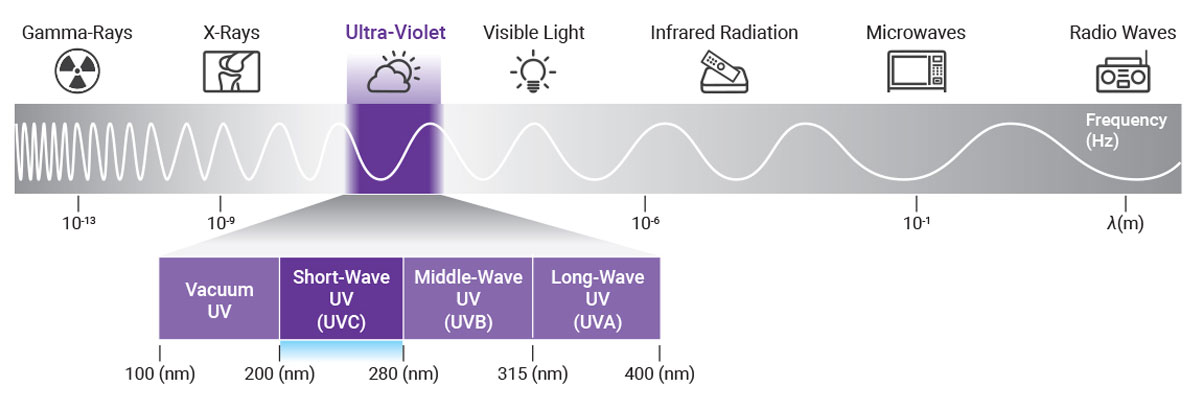
UVC Science
